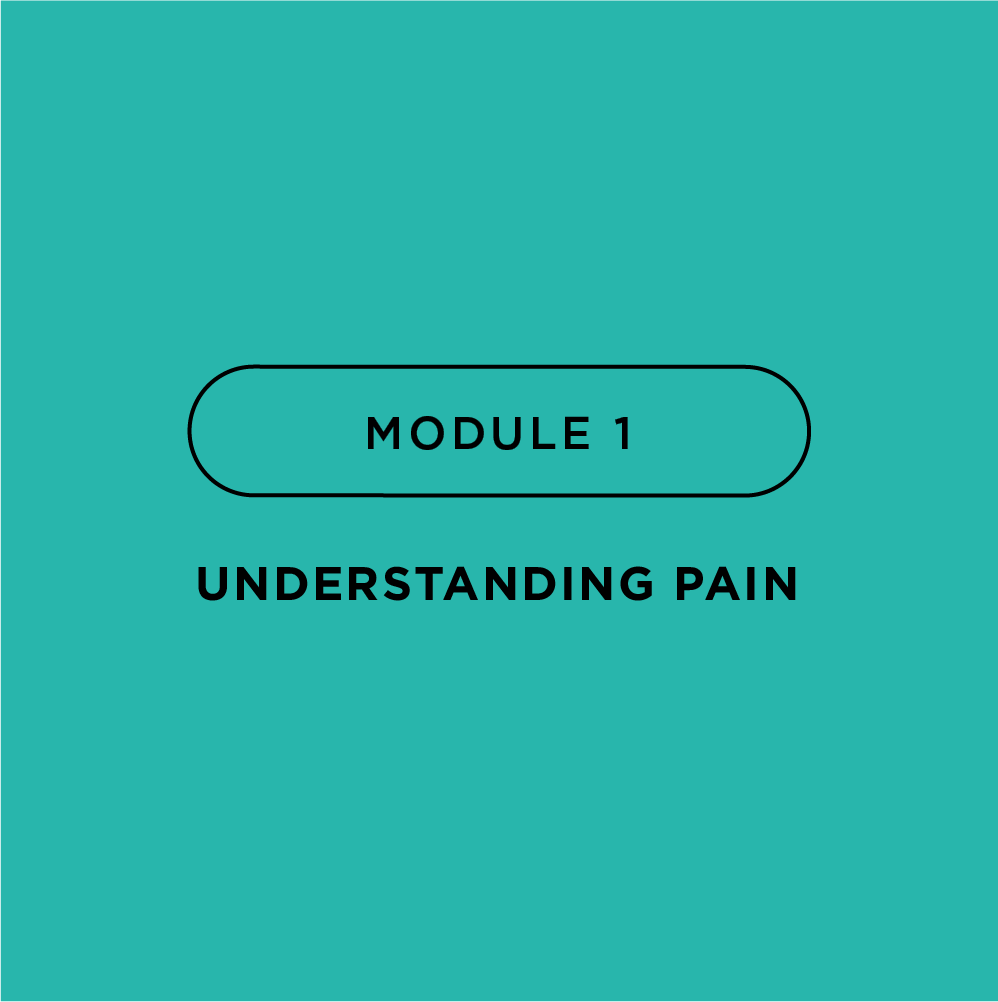Module 4
Managing Psychosocial Risks
Psychosocial factors cover all the personal psychological and social impacts of pain – which are often caused by pain but can also make recovery harder and/or more complicated.
Over time, once the medical aspects of pain and injury are understood (and investigations have been concluded), learning to live with pain is often about managing psychosocial risk. These are all the little things that make 1-2% difference in isolation but have a significant impact when added together.
The following are some of the psychosocial factors that research has found to be important in managing chronic pain.
-
❏ Cardiovascular Disease
❏ Diabetes
❏ Other chronic medical condition(s)
-
❏ Clinical Depression
❏ Post-traumatic Stress Disorder
❏ Other mental health diagnosis
-
(It is now understood that many of these are not mental, but physiological responses to pain, part of the body’s threat response – designed to keep us safe after pain and/or injury)
❏ Belief that pain is harmful or indicates physical damage
❏ Belief that total pain relief is needed before normal activity
❏ Expectation of increased pain with activity or work
❏ Belief that work is harmful
❏ Anxiety and heightened awareness of bodily symptoms
❏ Misinterpretation of bodily symptoms
❏ Belief that pain is uncontrollable
❏ Use of extended rest as a coping strategy
❏ Significant withdrawal from daily activities
❏ Poor compliance with physical exercise program
❏ Tendency for activity to be in a “boom/bust” cycle
❏ Avoidance of normal activity
❏ Excessive reliance on aids and appliances
❏ Low mood
❏ Feeling under stress and unable to maintain a sense of control
❏ Withdrawal from social activity
❏ Feeling useless and not needed
❏ Expectation of a mechanical “fix”
❏ Passive, symptom-focussed approach to recovery
❏ Sleep quality reduced since onset of pain
❏ High intake of alcohol or other substances
❏ Smoking
-
(This section is about social pressures, work and the responses of other people – including treatment providers)
❏ Overly protective partner who is (unintentionally) reinforcing disability
❏ Partner overly involved in injury management
❏ Hostile response from partner
❏ Limited support network
❏ Previous injury with extended time off work
❏ Previous compensable injury
❏ Older worker
❏ History of manual work
❏ Job dissatisfaction
❏ Unsupportive work environment
❏ Low educational background
❏ Low socioeconomic status
❏ Health professionals (unintentionally) reinforcing disability
❏ Treating doctor fails to respond to communication from other providers and stakeholders
❏ Conflicting diagnoses or explanations for pain
❏ Diagnostic language used by some providers, influencing perception of pain
❏ Health professional (unintentionally) reinforcing dependence on treatment
❏ Continuation of symptom-focussed treatment in the absence of gains
❏ Increasing number of visits to health professionals
❏ Employer has a negative attitude to returning to work
❏ Advice to withdraw from job (e.g. to work from home)
❏ Failure to return to work within 52 weeks
❏ Lack of suitable duties available
❏ Dispute about work readiness
❏ Adequate workplace assessment not available
❏ Job involves significant biomechanical demands
❏ Job involves shift work
-
❏ Lack of financial incentive to return to work
❏ Delayed payment of weekly benefits
❏ Negative experience when notifying employer
❏ Unresolved dispute over causation and liability
❏ Lack of early assessment of return to work barriers
❏ Legal representative engaged








